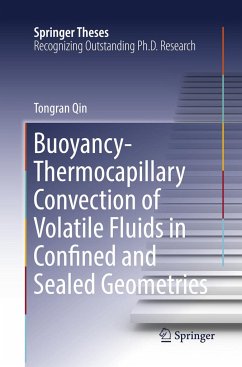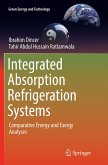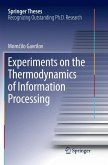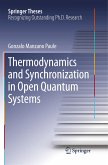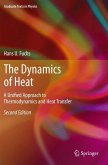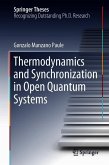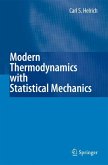This thesis represents the first systematic description of the two-phase flow problem. Two-phase flows of volatile fluids in confined geometries driven by an applied temperature gradient play an important role in a range of applications, including thermal management, such as heat pipes, thermosyphons, capillary pumped loops and other evaporative cooling devices. Previously, this problem has been addressed using a piecemeal approach that relied heavily on correlations and unproven assumptions, and the science and technology behind heat pipes have barely evolved in recent decades. The model introduced in this thesis, however, presents a comprehensive physically based description of both the liquid and the gas phase.
The model has been implemented numerically and successfully validated against the available experimental data, and the numerical results are used to determine the key physical processes that control the heat and mass flow and describe the flow stability. Oneofthe key contributions of this thesis work is the description of the role of noncondensables, such as air, on transport. In particular, it is shown that many of the assumptions used by current engineering models of evaporative cooling devices are based on experiments conducted at atmospheric pressures, and these assumptions break down partially or completely when most of the noncondensables are removed, requiring a new modeling approach presented in the thesis.
Moreover, Numerical solutions are used to motivate and justify a simplified analytical description of transport in both the liquid and the gas layer, which can be used to describe flow stability and determine the critical Marangoni number and wavelength describing the onset of the convective pattern. As a result, the results presented in the thesis should be of interest both to engineers working in heat transfer and researchers interested in fluid dynamics and pattern formation.
The model has been implemented numerically and successfully validated against the available experimental data, and the numerical results are used to determine the key physical processes that control the heat and mass flow and describe the flow stability. Oneofthe key contributions of this thesis work is the description of the role of noncondensables, such as air, on transport. In particular, it is shown that many of the assumptions used by current engineering models of evaporative cooling devices are based on experiments conducted at atmospheric pressures, and these assumptions break down partially or completely when most of the noncondensables are removed, requiring a new modeling approach presented in the thesis.
Moreover, Numerical solutions are used to motivate and justify a simplified analytical description of transport in both the liquid and the gas layer, which can be used to describe flow stability and determine the critical Marangoni number and wavelength describing the onset of the convective pattern. As a result, the results presented in the thesis should be of interest both to engineers working in heat transfer and researchers interested in fluid dynamics and pattern formation.

